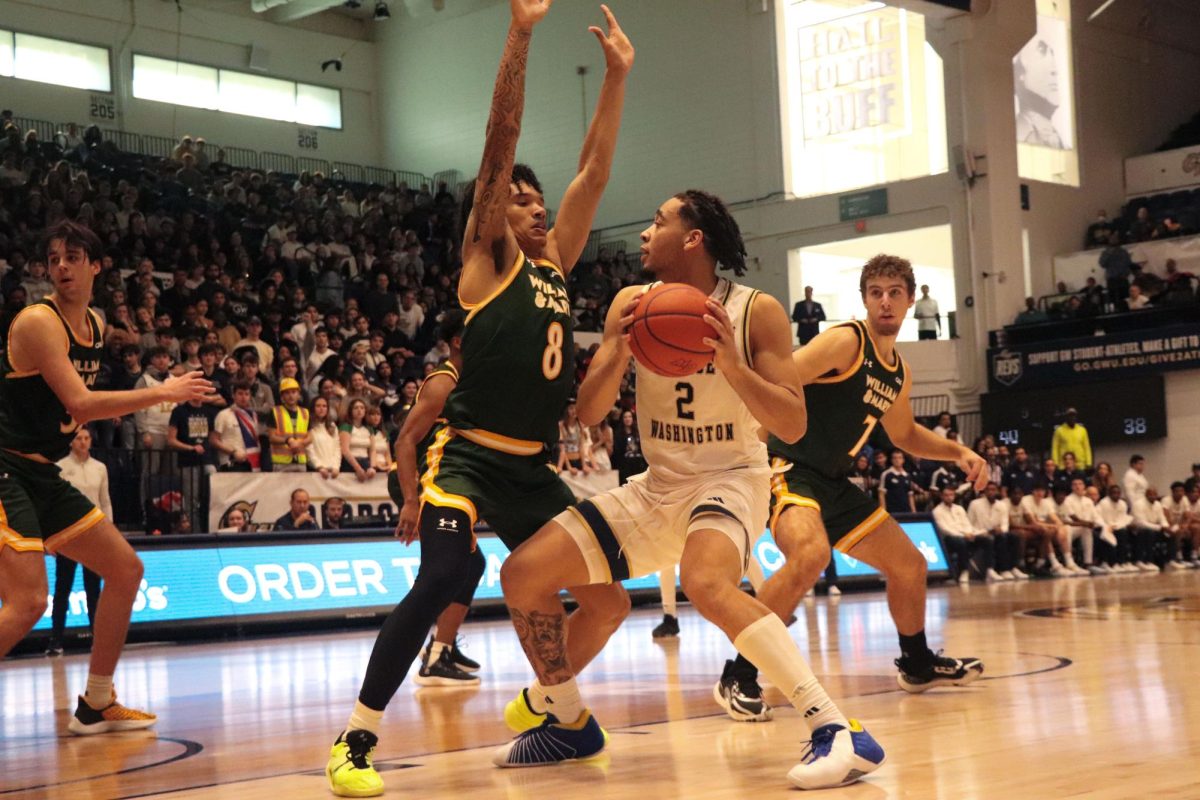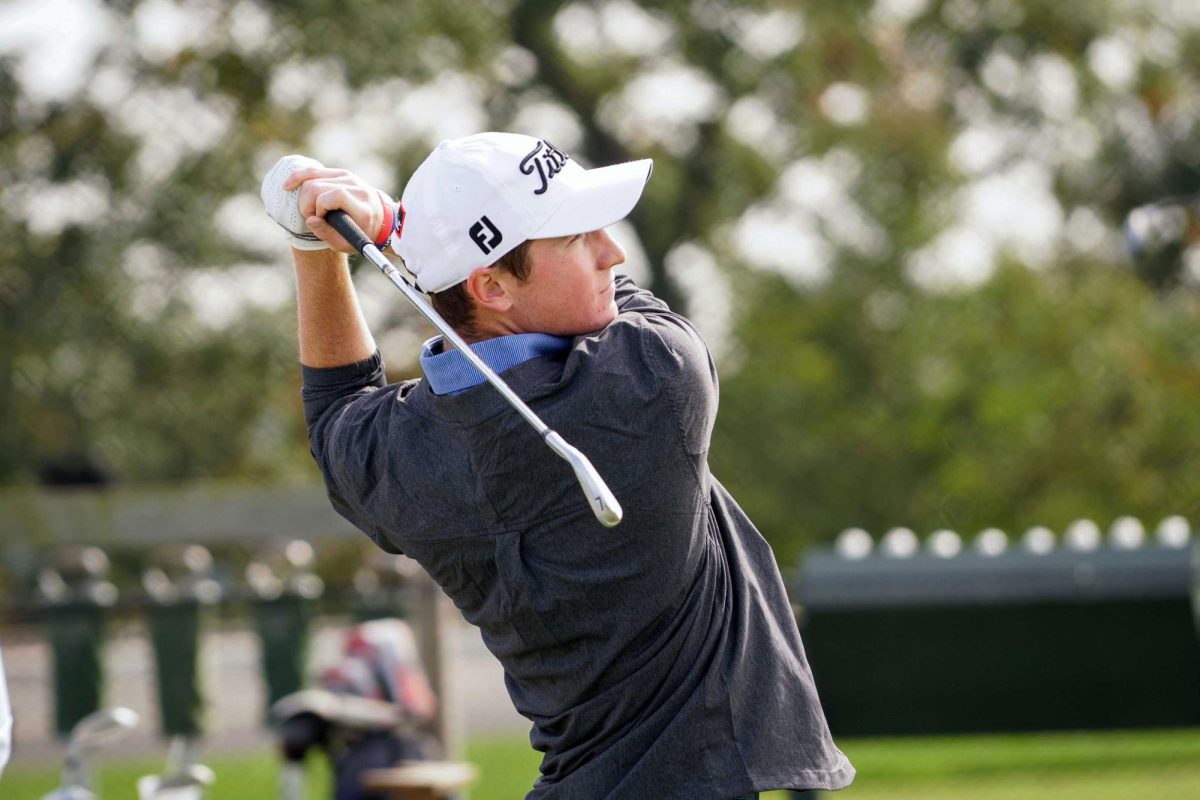Collegiate athletic programs across the country will face an unpleasant reality if they do not re-focus on academics in the near future.
In January, the NCAA adopted rules requiring universities to submit data showing graduation and retention rates and requiring institutions to graduate at least 50 percent of its student-athletes to avoid losing scholarships.
The regulation is part of a three-year effort by the NCAA to improve academics in college sports. Under the new rules, each team will compile an APR (Academic Progress Rate). According to the NCAA, an APR is a “real-time snapshot of every team’s academic performance.” The team needs to meet an APR score of 925 to avoid what is being called “contemporaneous penalties.” Any team below 925 can lose team scholarships.
Currently, the men’s tennis team is the only GW squad that would be affected by the ruling. The team has a rating of 917, but according to Susie Jones, assistant athletic director in charge of compliance, the rating will be raised next season.
“Right now our men’s tennis team is below the mark, but that’s based on a small population,” Jones said. “The 925 they refer to is over time assuming that you are graduating 50 percent, but they are graduating 80.”
The tennis team has only 10 members, so they must graduate more members than a bigger team to avoid penalty.
According the NCAA, many teams at GW are well above the national average. Several GW squads have perfect APRs, which means they graduate all their athletes. The men’s golf and water polo teams have APRs of 1,000. The women’s cross country, basketball, gymnastics, soccer, swimming, tennis and volleyball teams all have perfect rates.
The men’s basketball team’s APR is currently 981 and it is in the 80th-90th percentile within the sport. The national APR average is 923 for all Division I basketball programs. The baseball team’s APR is 977, which is well above the average of 922 for all D-I baseball teams.
Under the guise of the new rules, many national powerhouses would be in trouble. The University of Southern California and University of Connecticut, for example, would be eligible to lose scholarship money under the new rules.
This year’s figures would not hurt GW because two years of data are needed to put the penalty in place.
Jones said GW’s priority is graduating all students, athletes included.
“What our priority is if they go, they come back and get their degree. That may be two to five years down the road,” Jones said.
Jones also said she does not believe that a school has the ability to stop an athlete from going professional, especially in basketball, where a few GW players have jumped into the pros early over the years.
“It’s hard to talk to these young people who want to go pro,” Jones said. “My own personal opinion is I don’t think the NBA should allow high school players. How are you going to stop a great freshman or sophomore from taking that huge contract?”
Jones said that when large schools like Duke University and the University of Michigan begin to get penalized, university presidents will begin to look harder at the new regulations. From what she has seen, she does not see the ruling adversely affecting GW.
“Until you see some top named schools getting hammered, until then they won’t look at the ramifications,” Jones said.
Despite his team’s ranking, Joe McKeown, coach of the women’s basketball team, said that he did “not see a need for reform here,” and that the new penalties could hurt collegiate sports. McKeown said the vast majority of his players graduate.
“When scholarships are cut, you cut the bloodline of your program – recruiting,” he said.
The most high profile program at GW, men’s basketball, sees education as a strong point of the program. Coach Karl Hobbs recently appeared before the University Board of Trustees to discuss a plan for a new athlete academic center and told The Hatchet that the current facilities are “okay at best.” Hobbs sees the high academic standing of the university as a recruiting tool.
“Not only are we competing athletically, we’re competing academically,” Hobbs told the Hatchet in an earlier interview.
“Our student athletes fit in really well,” he said. “We go a long way with coaches to say we want kids to be great athletes but we are at George Washington so a kid has to be competitive in the classroom and in the community as well.”
Robert Chernak, senior vice president of Student and Academic Support Services, said there is no easy way out of a rigorous academic program at GW.
“There are not any gut majors here,” he said. “So at a certain point students have to do the work … you can’t hide out at GW.”
Upholding the new APR rate will not be difficult, GW Director of Athletics Jack Kvancz said, “if we just keep recruiting the kids we are recruiting.”
He added, “Our student athletes have been looked upon as being inside the walls – a student who is also an athlete.”







